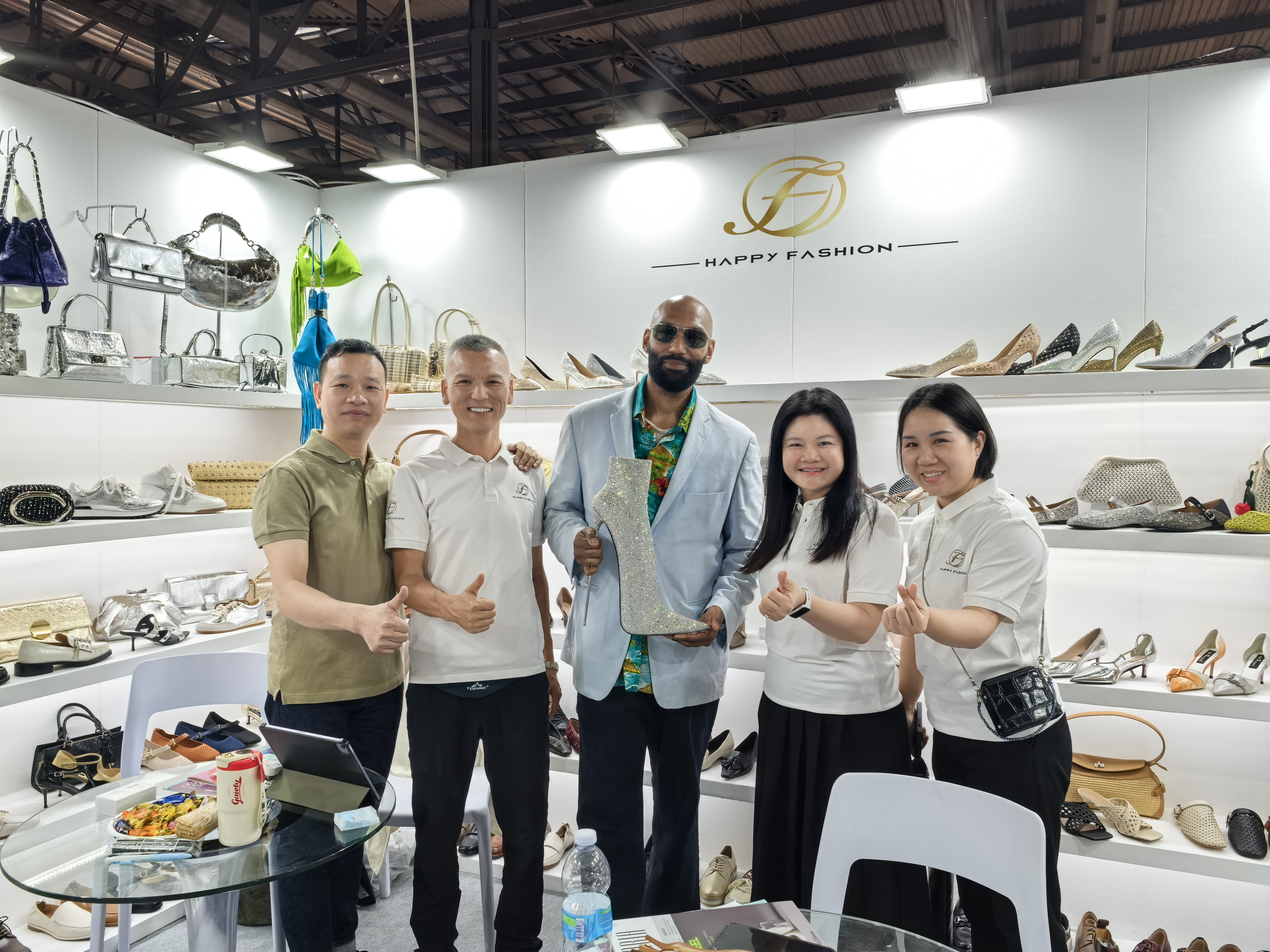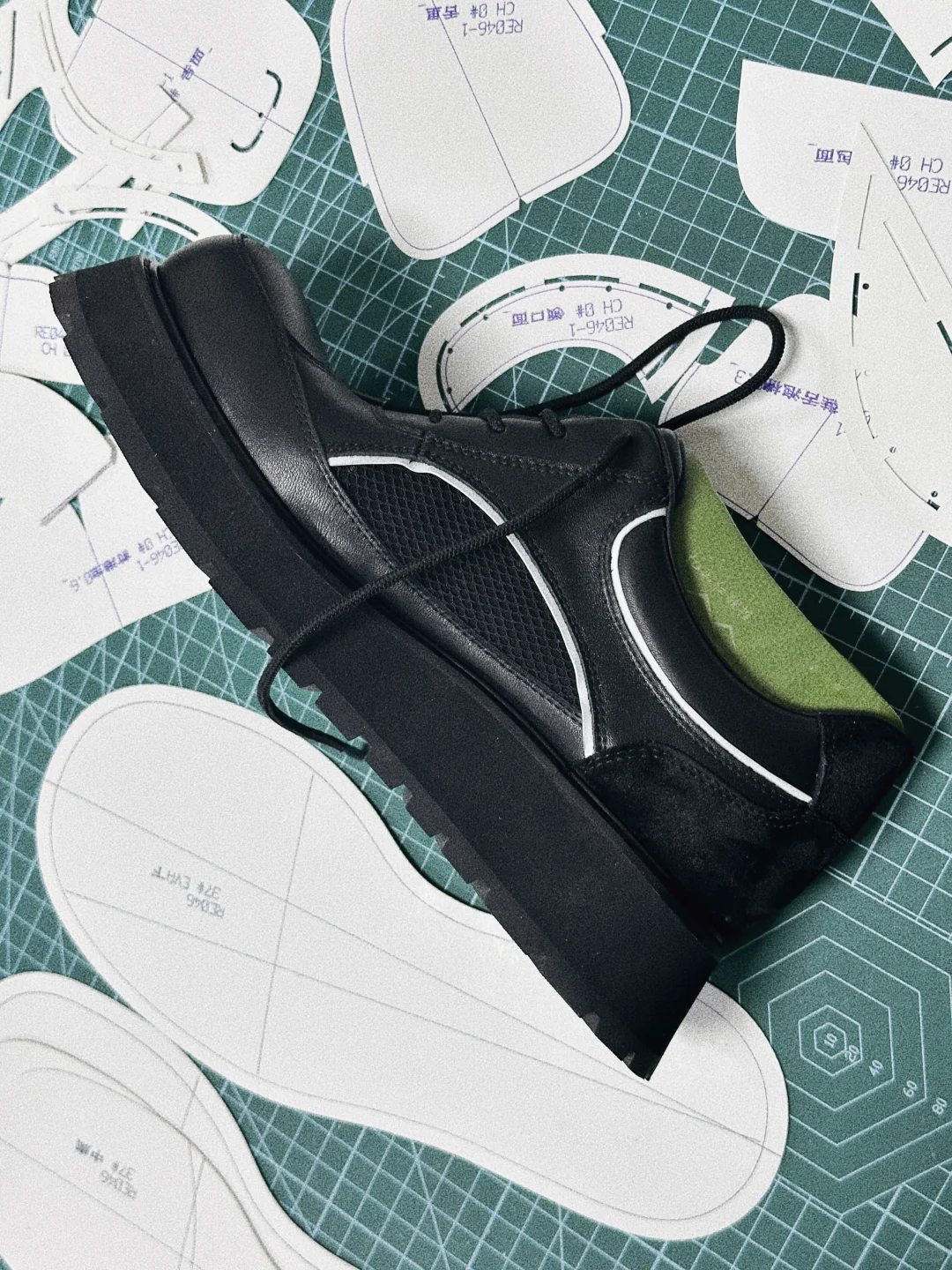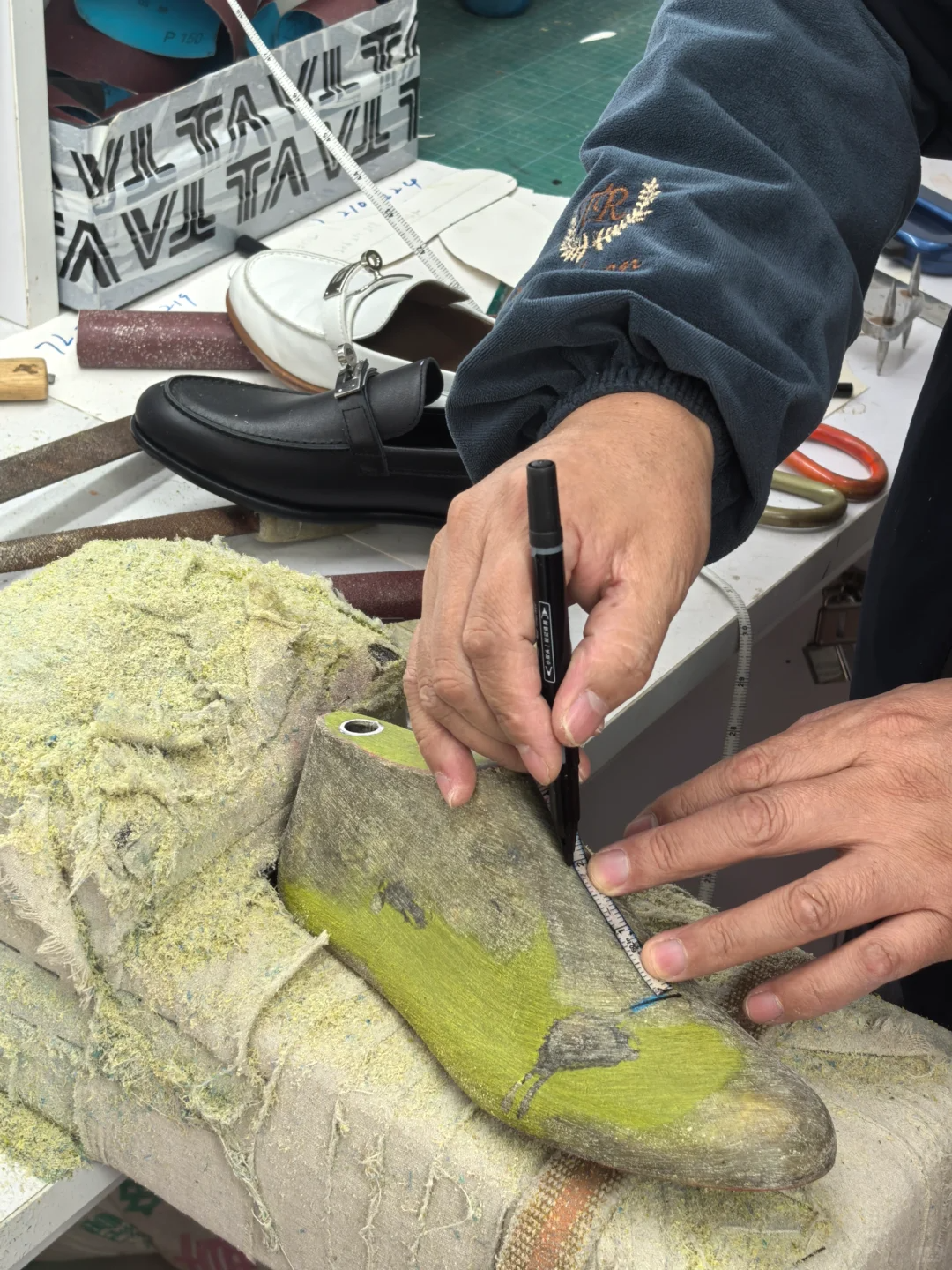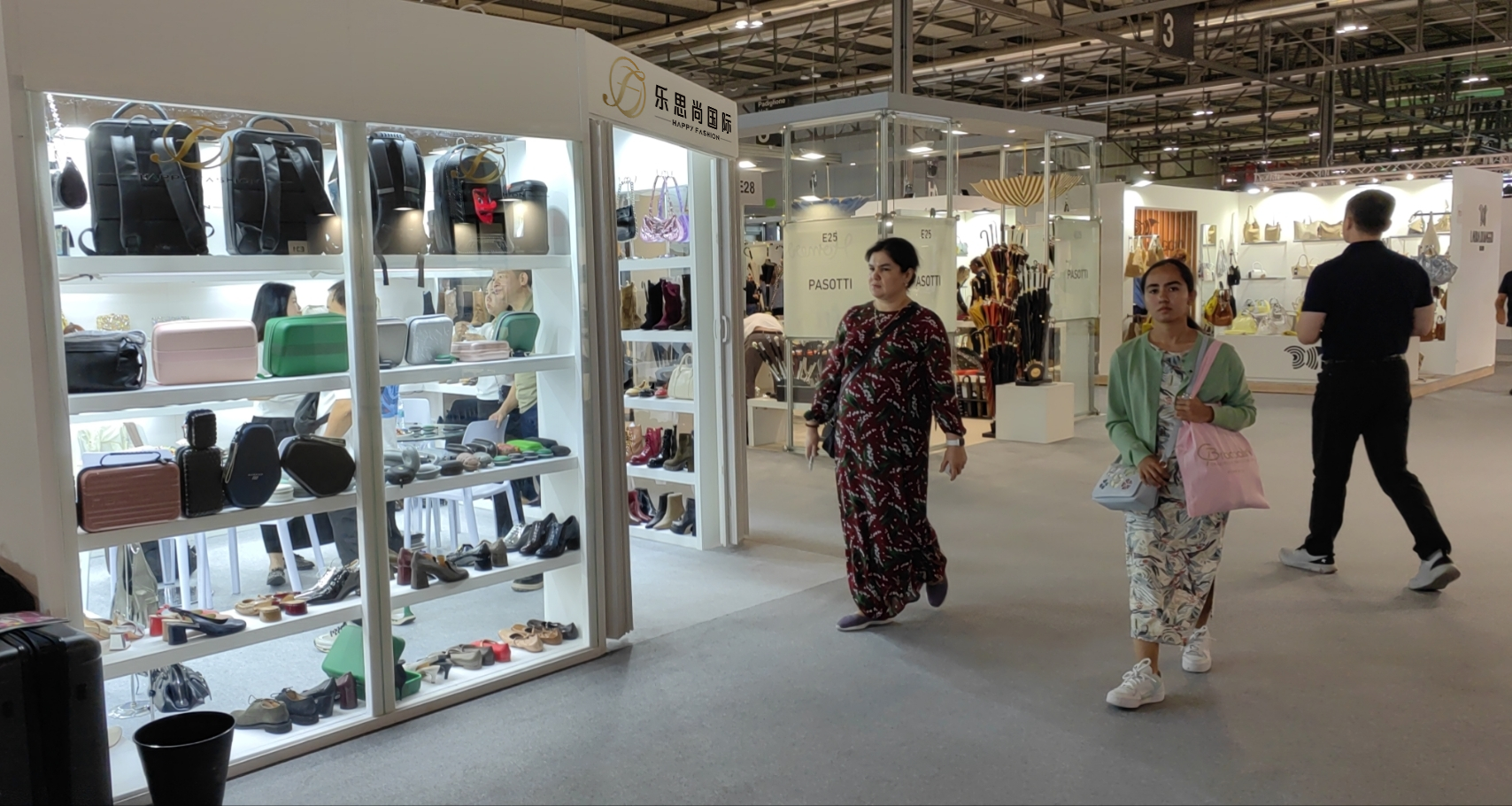
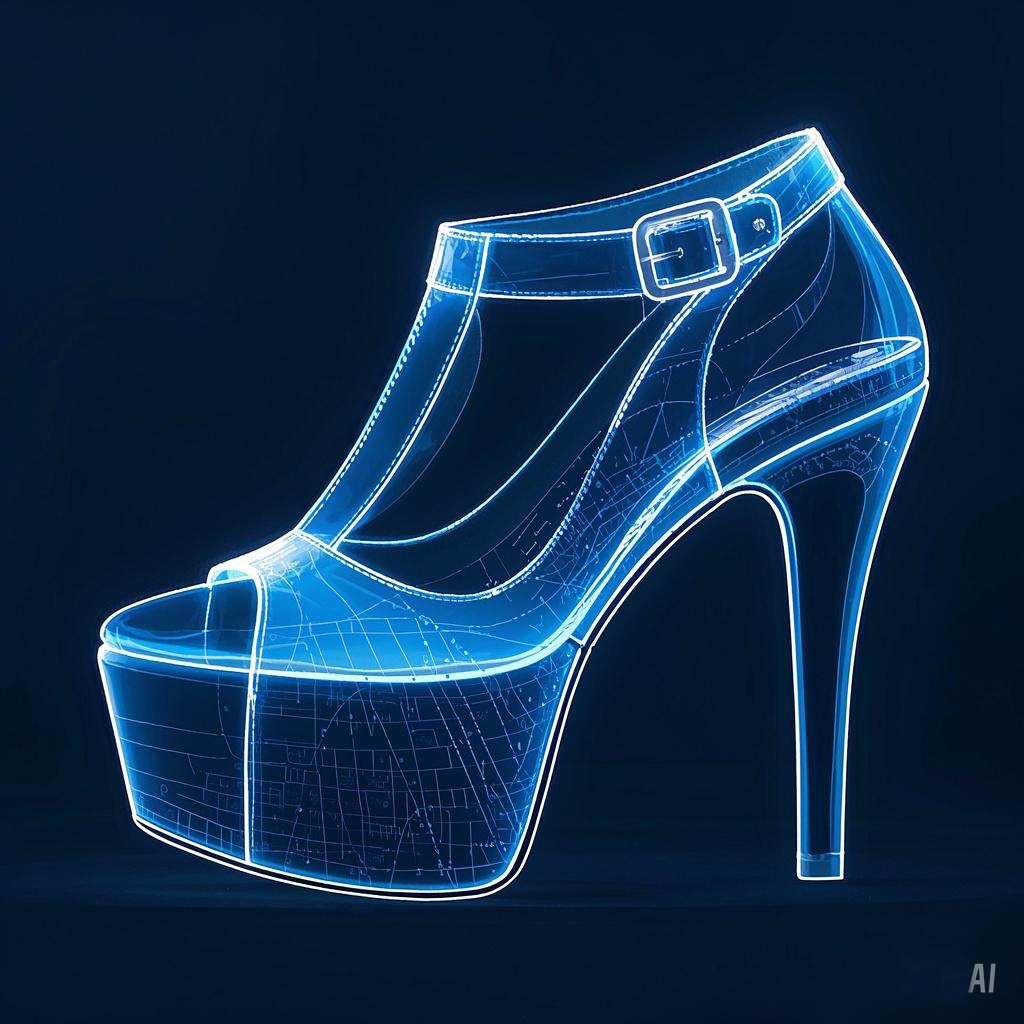
AI Revolution in High - End Custom Women's Shoes: Challenges and Opportunities for Happy Fashion
The Rising Tide of AI: A New Reality for the Shoe Industry
The fashion industry has always been at the forefront of embracing new technologies, and AI is no exception. With the emergence of powerful AI software like DeepSeek, the game has changed significantly. In the context of high - end custom women's shoes, some of the industry - specific keywords that are currently trending include "bespoke heels", "luxury custom - made footwear", "hand - crafted designer shoes", and "premium shoe customization".
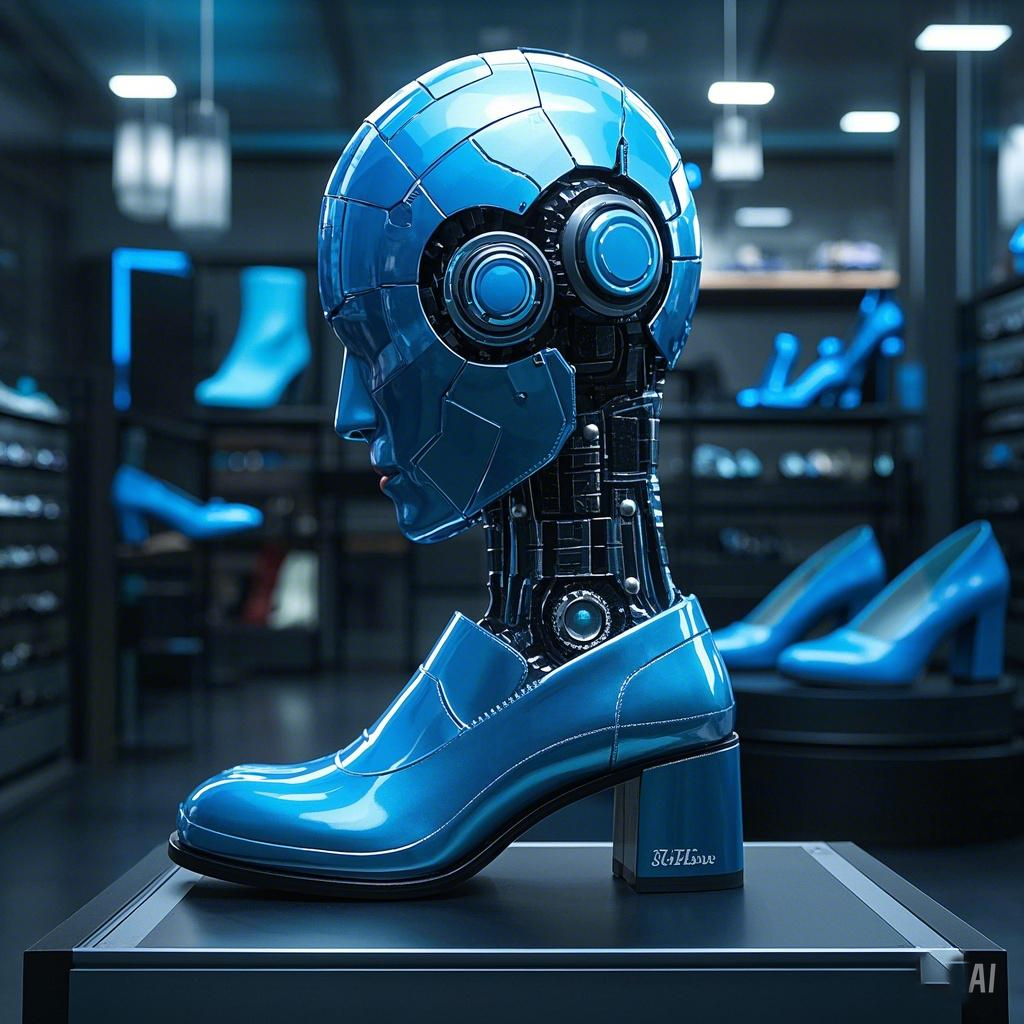
Challenges Posed by AI in the High - End Custom Women's Shoes Realm
1. Maintaining the Human Touch in a Digital Age
One of the primary challenges for Happy Fashion is ensuring that the personal, artisanal touch that defines high - end custom shoes is not overshadowed by AI. Our customers seek unique, hand - crafted shoes that tell a story. While AI can offer efficiency and precision, there is a risk that the emotional connection and the one - of - a - kind feel that comes with traditional craftsmanship may be lost. For example, the delicate process of hand - stitching leather, which is a hallmark of our luxury custom - made footwear, is a highly skilled and personal task. Balancing the use of AI with the preservation of this human touch is crucial.
2. Skill Adaptation for the Workforce
As AI becomes more integrated into the design and production processes, our workforce needs to adapt. Designers who are accustomed to traditional design methods may find it challenging to incorporate AI - driven design tools. For instance, learning to use AI - based pattern - making software that can optimize the use of materials and suggest innovative design elements requires significant training. At Happy Fashion, we need to invest in upskilling our employees to ensure they can work effectively with these new technologies.
3. Data Privacy and Security Concerns
AI thrives on data, and in the case of high - end custom women's shoes, this includes sensitive customer data such as foot measurements, design preferences, and even financial information. Protecting this data from cyber threats is a major challenge. A data breach could not only damage our reputation but also compromise the trust of our customers. Since our clients expect the utmost privacy when it comes to their custom - made shoe orders, safeguarding this data is non - negotiable.
Harnessing AI for Superior Customer Service
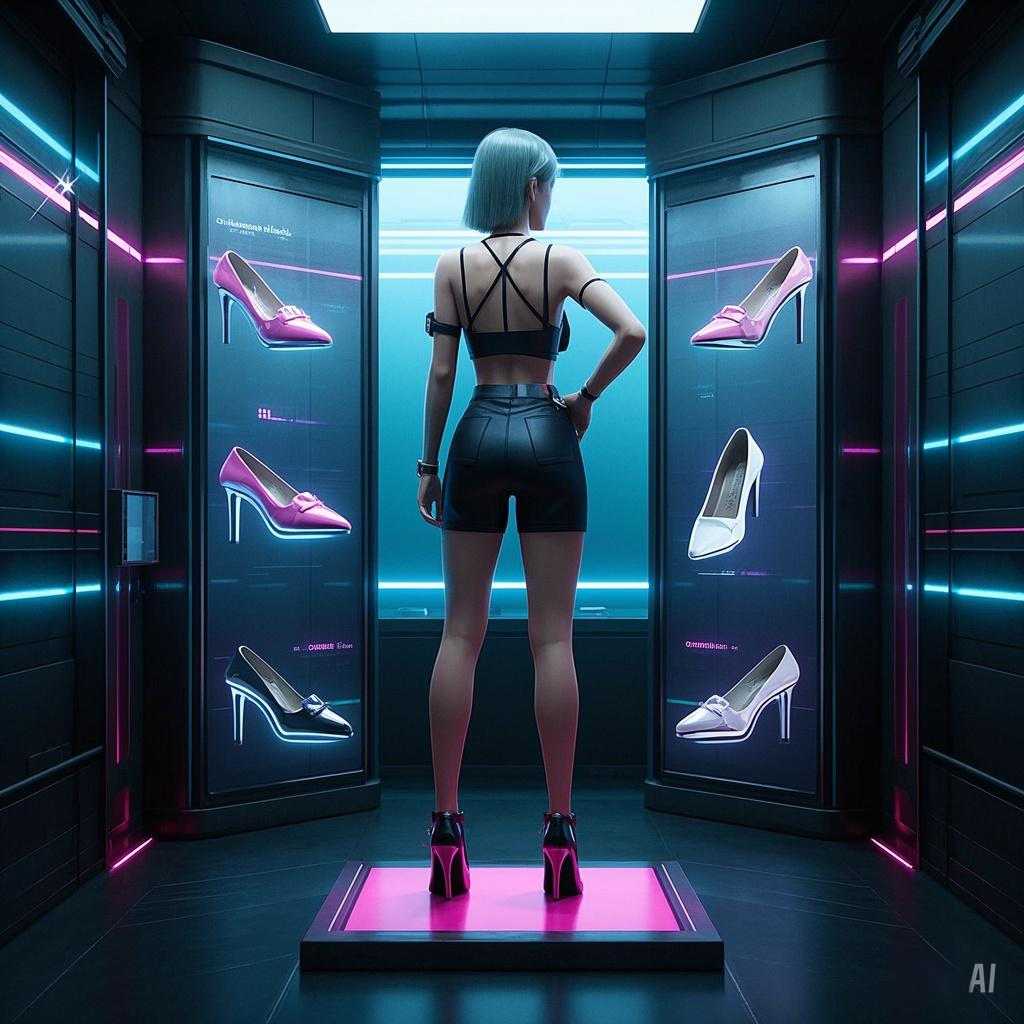
1. Enhanced Design Personalization
AI can be a powerful tool for achieving even greater design personalization. By analyzing customer data, including past purchase history, style preferences, and feedback, we at Happy Fashion can use AI algorithms to suggest design elements that are tailored to each individual customer. For example, if a customer has previously shown a preference for "bespoke heels" with a particular type of embellishment, the AI can recommend new designs that build on this preference. Some AI design platforms, like K, can generate hundreds of design variations based on a few input parameters such as color, heel height, and preferred material. Designers can then select and refine these AI - generated concepts, integrating their own creative vision. This not only saves time in the design process but also ensures that the final product is more in line with the customer's desires.
2. Streamlined Production Processes
AI - driven manufacturing technologies can optimize production processes. For example, in the cutting of leather for our hand - crafted designer shoes, AI - powered machines can ensure precise cuts, reducing material waste. Companies like [Company Name 1] have implemented AI - based systems in their factories. These systems use computer vision to analyze the grain and texture of leather hides, ensuring that each cut is made in the most efficient way possible, minimizing waste. This not only improves efficiency but also allows us to offer more competitive pricing without compromising on quality. Additionally, AI can help in predicting production timelines more accurately. Using historical production data, AI algorithms can forecast how long it will take to complete an order, factoring in variables like material availability and the complexity of the design. This enables us to provide more reliable delivery estimates to our customers.
3. Virtual Fitting and Try - on Experiences
One of the most exciting applications of AI in the high - end custom women's shoes industry is the development of virtual fitting and try - on experiences. Using augmented reality (AR) and AI - based algorithms, customers can visualize how a pair of "premium shoe customization" will look on their feet before placing an order. Some AR - enabled apps, such as , use AI to map the customer's foot shape and size from a series of photos. This data is then used to create a virtual model of the foot, onto which different shoe designs can be virtually placed. The customer can view the shoes from all angles, get a sense of how they will fit, and even see how they match with different outfits. This reduces the likelihood of returns due to fit issues and enhances the overall customer experience. At Happy Fashion, we are exploring how to integrate such virtual experiences into our online platform to make the customization process more engaging and convenient for our customers.
In conclusion, while the rise of AI presents challenges in the high - end custom women's shoes industry, it also offers immense opportunities for innovation and improved customer service. At Happy Fashion, we are committed to embracing AI technology while maintaining the core values of craftsmanship, quality, and personalized service that our customers have come to expect. By doing so, we aim to stay at the forefront of the industry and continue to provide the best in luxury custom - made footwear.


